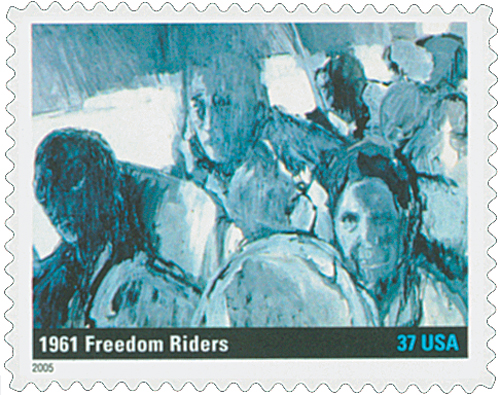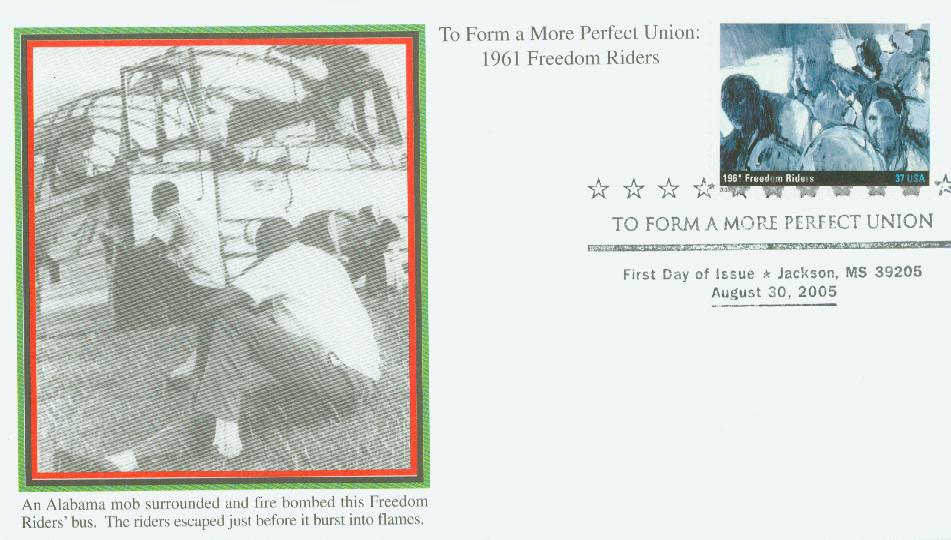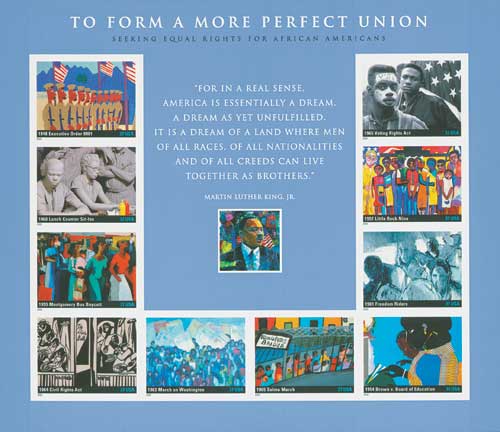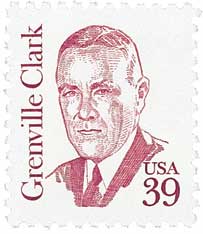“Freedom Riders” Bus Trip

On May 5, 1961, the “Freedom Riders” began their highly publicized ride through the south to protest segregation laws.
By the early 1960s, the United States Supreme Court had ruled segregated public buses were unconstitutional. In the South, these rulings were often ignored. To bring attention to their cause, a group of civil rights activists staged a series of freedom rides.
These rides were in part inspired by the 1947 Journey of Reconciliation, which had similarly been staged to test a Supreme Court ruling banning racial discrimination in interstate travel. In that instance, the journey’s leaders were arrested and sentenced to serve on a chain gang for violating local Jim Crow laws relating to segregated bus seating on public transportation.

On May 4, 1961, a group of activists boarded a bus in Washington, DC, that was bound for New Orleans. They would drive through Virginia, the Carolinas, Georgia, Alabama, and Mississippi before ending their trip in New Orleans, Louisiana, where they staged a civil rights rally.
To challenge the local segregation laws, the Freedom Riders were seated strategically around the bus. They had at least one interracial pair in adjoining seats and at least one African American in the front seats reserved for white travelers. The rest of the riders would then be scattered around the bus, with one rider in a seat adhering to the segregation rules so they could avoid arrest and arrange for bail for the others if need be.

That first freedom ride did encounter some trouble – one of the leaders was attacked in South Carolina and some of the riders were arrested in North Carolina, South Carolina, and Mississippi.
Throughout the summer, other groups of Freedom Riders followed their example. On Mother’s Day, May 14, 1961, a mob in Anniston, Alabama, stoned one Freedom Riders’ bus and firebombed it. At the Birmingham station, a mob severely beat Riders of another bus. The Freedom Riders escaped by plane to New Orleans.

Another wave of Freedom Riders, Nashville college students, went to Birmingham. They rode the bus to the Montgomery bus terminal, where a vicious mob attacked them. In response, Attorney General Robert Kennedy sent federal marshals to the city. The bruised and battered Riders continued on to Jackson, Mississippi, where they were arrested. Wave after wave of Freedom Riders, more than 300, came and were arrested.
Throughout the summer, the riders continued to be attacked by local mobs, including members of the Ku Klux Klan. The violence and imprisonments brought the civil rights issue to national attention and showed the federal government was not enforcing its own laws.

The Interstate Commerce Commission finally made a ruling at the end of September that permitted passengers to sit in any seat on interstate buses or trains. It also outlawed segregated drinking fountains, waiting rooms, restrooms, and lunch counters.
In 2017, President Obama declared the Anniston, Alabama, bus station to be the Freedom Riders National Monument.
Click here for a video about the Freedom Riders.























